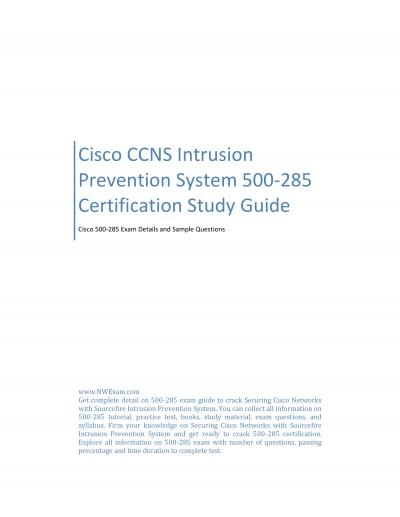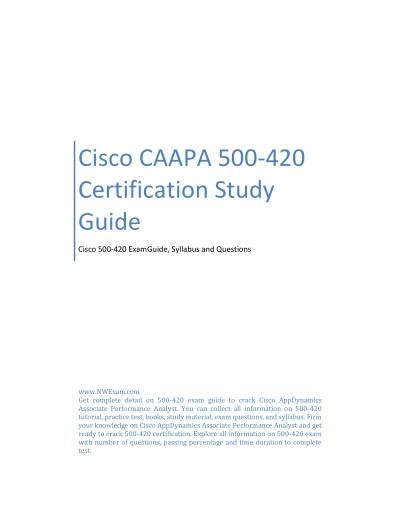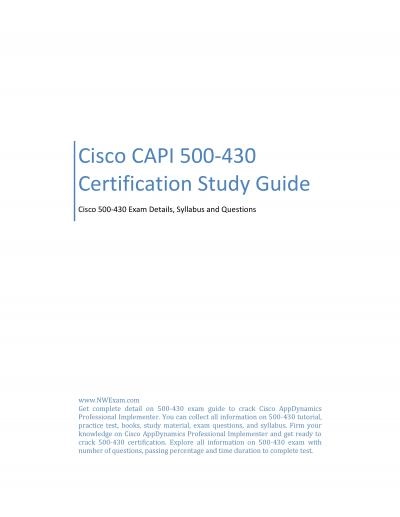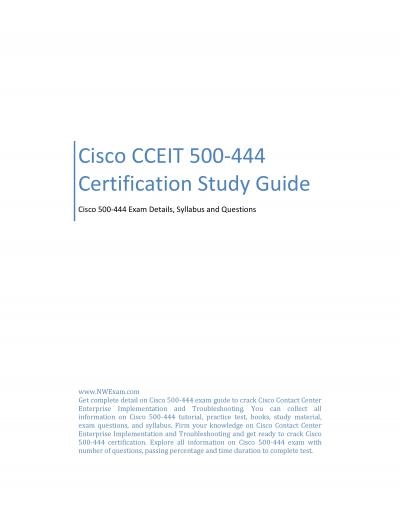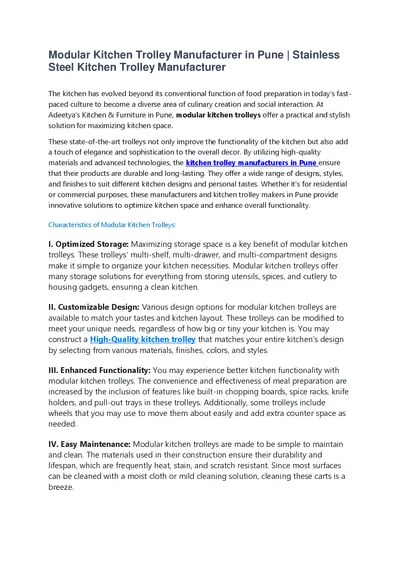PPT- STEEL According to the World Steel Association, there are over 3,500 different
Author : elise | Published Date : 2023-09-24
physical chemical and environmental properties In essence steel is composed of iron and carbon although it is the amount of carbon as well as the level of impurities
Presentation Embed Code
Download Presentation
Download Presentation The PPT/PDF document " STEEL According to the World Stee..." is the property of its rightful owner. Permission is granted to download and print the materials on this website for personal, non-commercial use only, and to display it on your personal computer provided you do not modify the materials and that you retain all copyright notices contained in the materials. By downloading content from our website, you accept the terms of this agreement.
STEEL According to the World Steel Association, there are over 3,500 different: Transcript
Download Rules Of Document
" STEEL According to the World Steel Association, there are over 3,500 different"The content belongs to its owner. You may download and print it for personal use, without modification, and keep all copyright notices. By downloading, you agree to these terms.
Related Documents

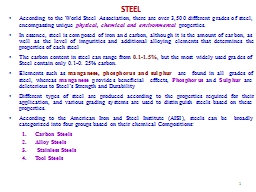
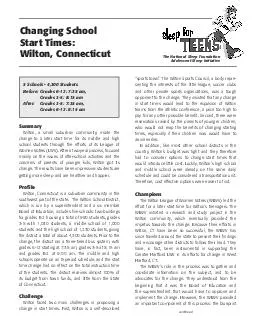
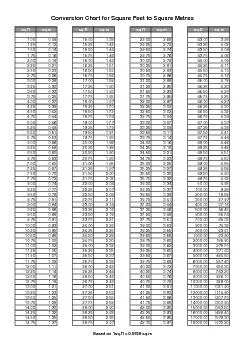
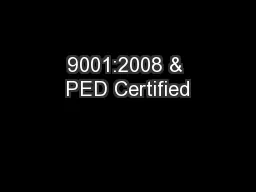

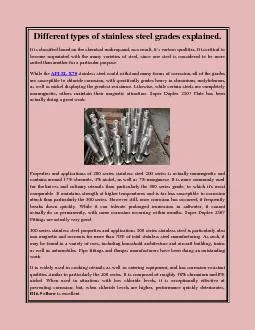

![[New] Ace Cisco 500-285 Certification with Cisco CCNS Practice Test](https://thumbs.docslides.com/994858/new-ace-cisco-500-285-certification-with-cisco-ccns-practice-test.jpg)
